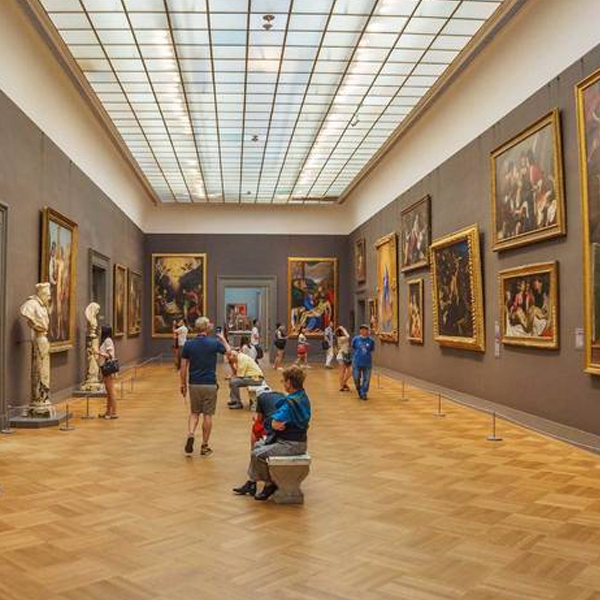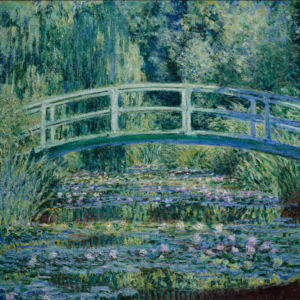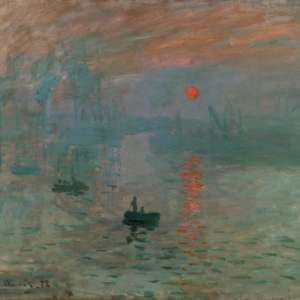It is a sight that has been common in the world’s great art museums for centuries: younger painters sitting in front of the works of the masters, trying to reproduce the genius they see in front of them. It was done 100 years ago, and go to the Museum of Modern Art in New York today, and you will most certainly find artists there still doing it. It is also a common assignment among art students across continents and for good reason too. There is after all a reason these works became so famous, so worthy of praise and reproduction. Studying and reproducing these strokes of genius are naturally important in recognizing the techniques behind and developing on your own how to further expand no these discoveries.
In modern times, the internet has allowed the issue of artistic reproductions to be taken one step further. Now, artists in countries like China and Thailand will make reproductions which are then sold to customers mainly in Europe and the US. The aim behind these reproductions is not for the artists to learn how to paint them. They already know that. Rather, it is to give western customers a chance to have a true real-life reproduction of a famous work on their wall. It is a growing business that is currently helping rekindle the interest in the classics and bring hand painted art to the masses.
However, there are of course differences in how difficult it is to reproduce a given artist. The difficulties come in two major forms – technique and materials. With regards to technique, some artists have more advanced strokes than others, and under all circumstances you would have to learn the particular artists’ strokes. Van Gogh have his characteristic deep strokes, Renoir and Monet have their own light strokes and so on. These individual characteristic techniques have to be mastered in order to reproduce the works of that artist. However, for these artists it is still a matter of achieving mastery in that particular style. A much more complicated matter would be reproducing the works of Jackson Pollock would require a mastery of paint thrown in anger on a level that is hardly achievable. Alternatively, the lines of the painting would have to be reproduced in detail, which would be another almost impossible task. As such, a reproduction of “No. 5 1948” would require immense work to be anywhere close to similar to the original.
Along material difficulties, the problem with reproducing the original will often have as much to do with cost as with anything else. Reproducing “The Kiss” by Gustav Klimt would mean e.g. the extensive use of gold leaf. While many reproductions undoubtedly go around this requirement by using gold paint instead, it is not authentic and will lack some of the original structure. As such, material also becomes a block for the perfect reproduction.
However, even with both of these two potential stumbling blocks in place, reproductions are finding their way into more and more homes. Even though Da Vinci had other paintings below the Mona Lisa, we just want to see that last famous image and so the reproduction serves us well. Similarly, “The Kiss” with gold paint still looks marvelous and really makes the room. There are differences in functionality between original art and reproduced art. The later is truly for decorative purposes, while the former serves as historical milestones and technical achievements as well as works of art. The overseas production of reproductions will allow us to get the decorative use for ourselves. The artistic importance we can then grasp at the worlds museums, where they still challenge artists to reproduce them today.




